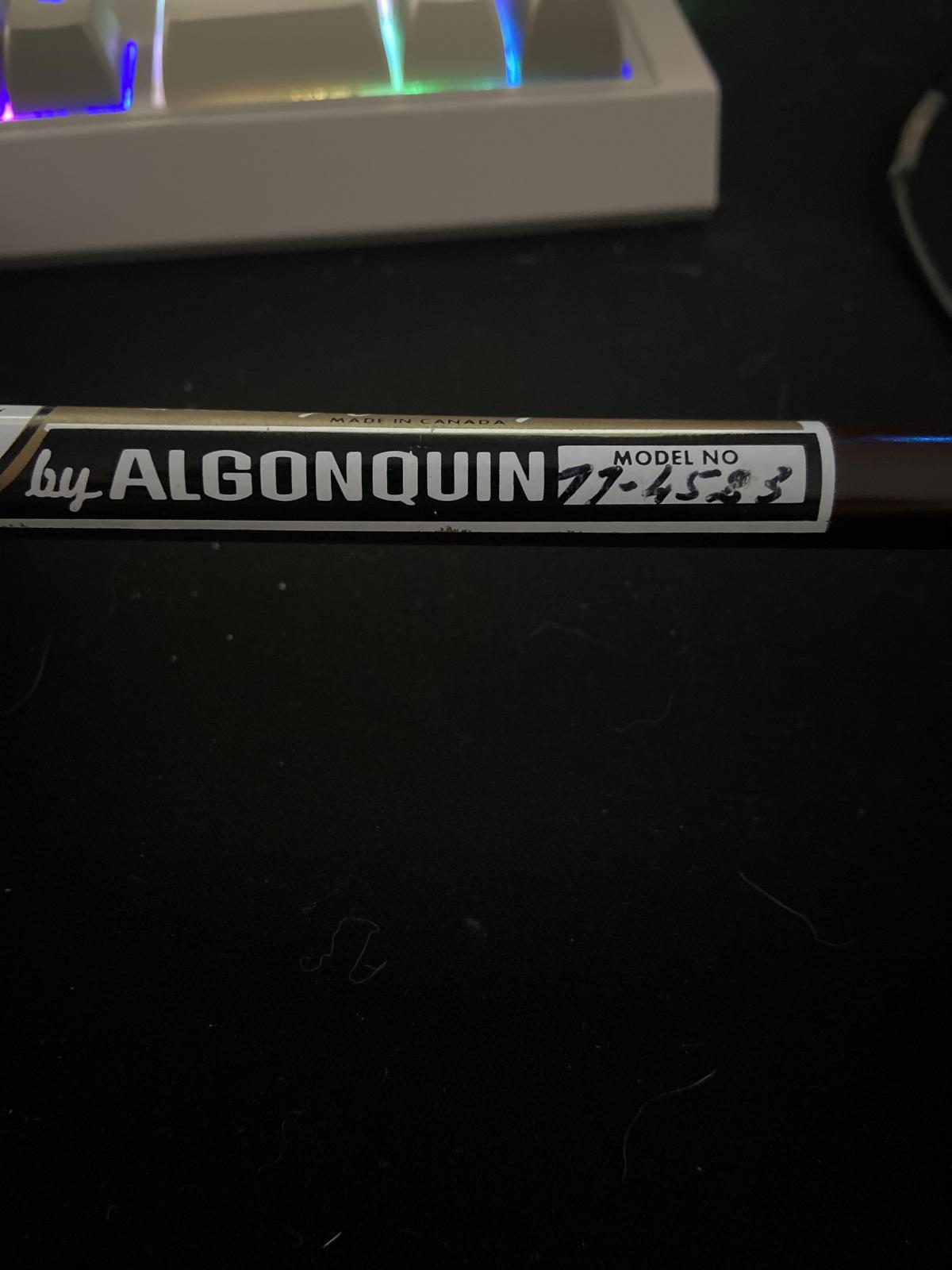It sounds like you found yourself a great vintage rod! Determining the appropriate line weight and reel can be a bit tricky without any markings, but we can try to estimate based on the information you've provided.
First, let me clarify that the rod's circumference measurements don't provide much insight into its weight rating. However, the length of the rod can give us a clue. Based on the 7.6 ft length you mentioned, it's likely that the rod is suited for a line weight between 3 and 5 wt. Here's a simple method to help you estimate the rod's weight:
Assemble the rod, and attach a reel with a known line weight (if you have access to one). Start with a 4 wt line, as that's a common weight for a rod of this length.
Tie on a yarn or a small piece of cloth to the end of the line (no hook needed) to mimic the weight of a fly.
Try casting the line and observe how the rod loads and unloads during the cast. If the rod feels too stiff or doesn't load properly, try a lighter line weight (e.g., 3 wt). Conversely, if the rod feels too soft or seems to be overloading, try a heavier line weight (e.g., 5 wt).
Once you've determined the appropriate line weight for the rod, you can choose a reel that matches that weight. Fly reels are typically labeled with a range of line weights they can accommodate (e.g., 3-5 wt). It's important to balance the rod and reel so that your setup feels comfortable and efficient.
Keep in mind that this method is an approximation, and it's always better to have a professional evaluate your rod if possible. If you're still unsure, you might consider taking your rod to a local fly shop for advice. They may be able to help you identify the rod's manufacturer and provide more accurate recommendations.
I hope this helps, and happy fishing with your new (old) rod!














